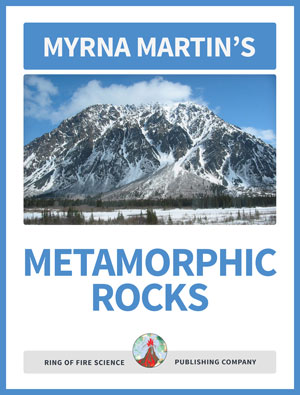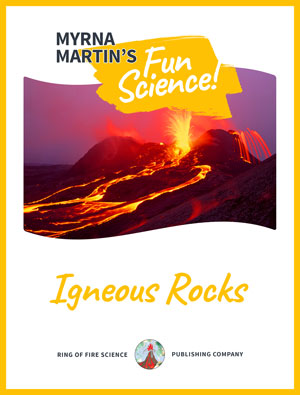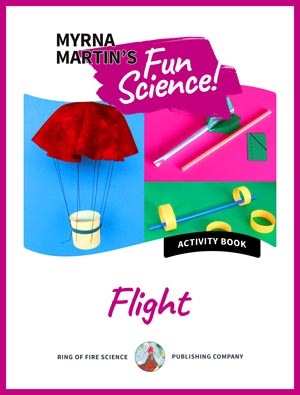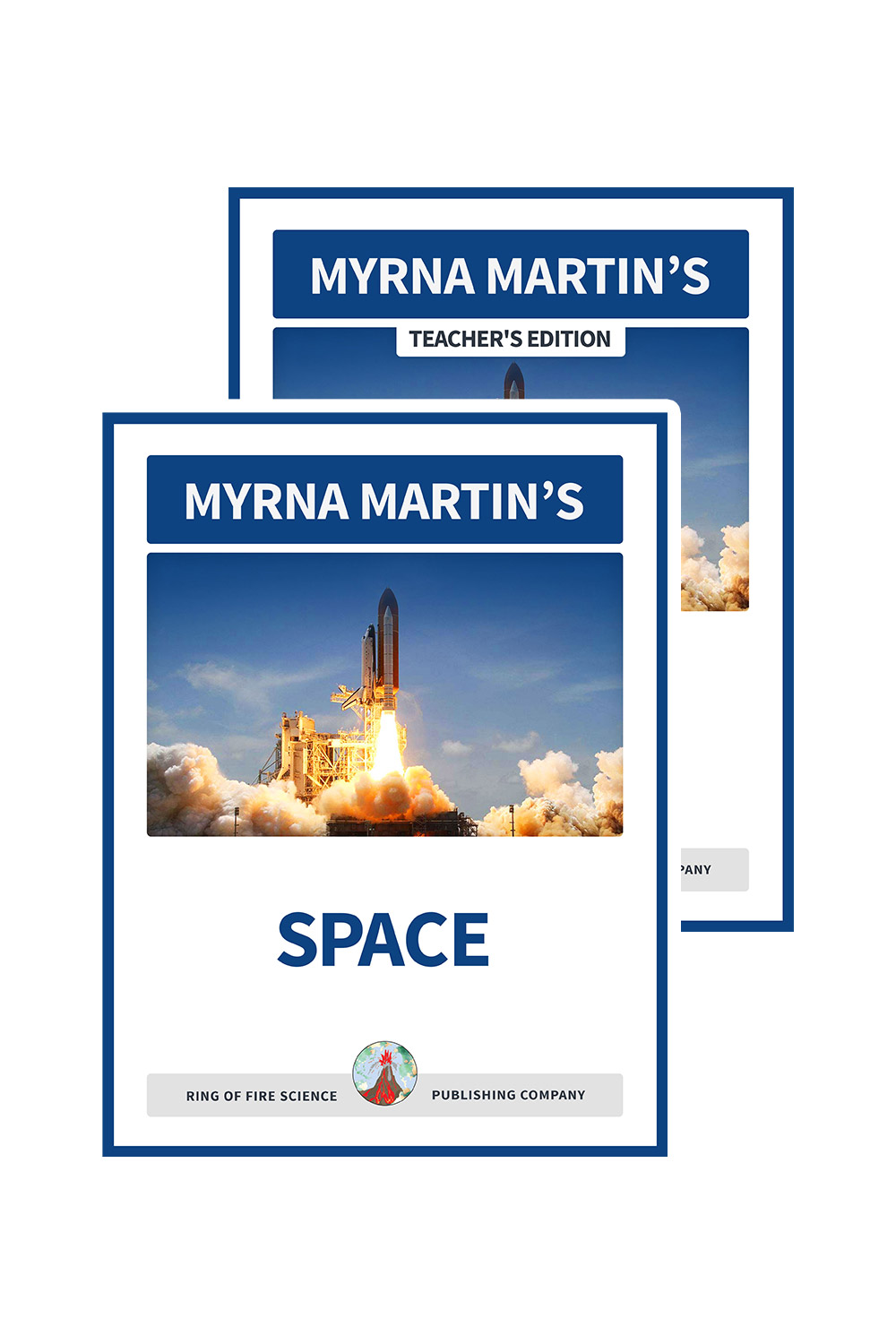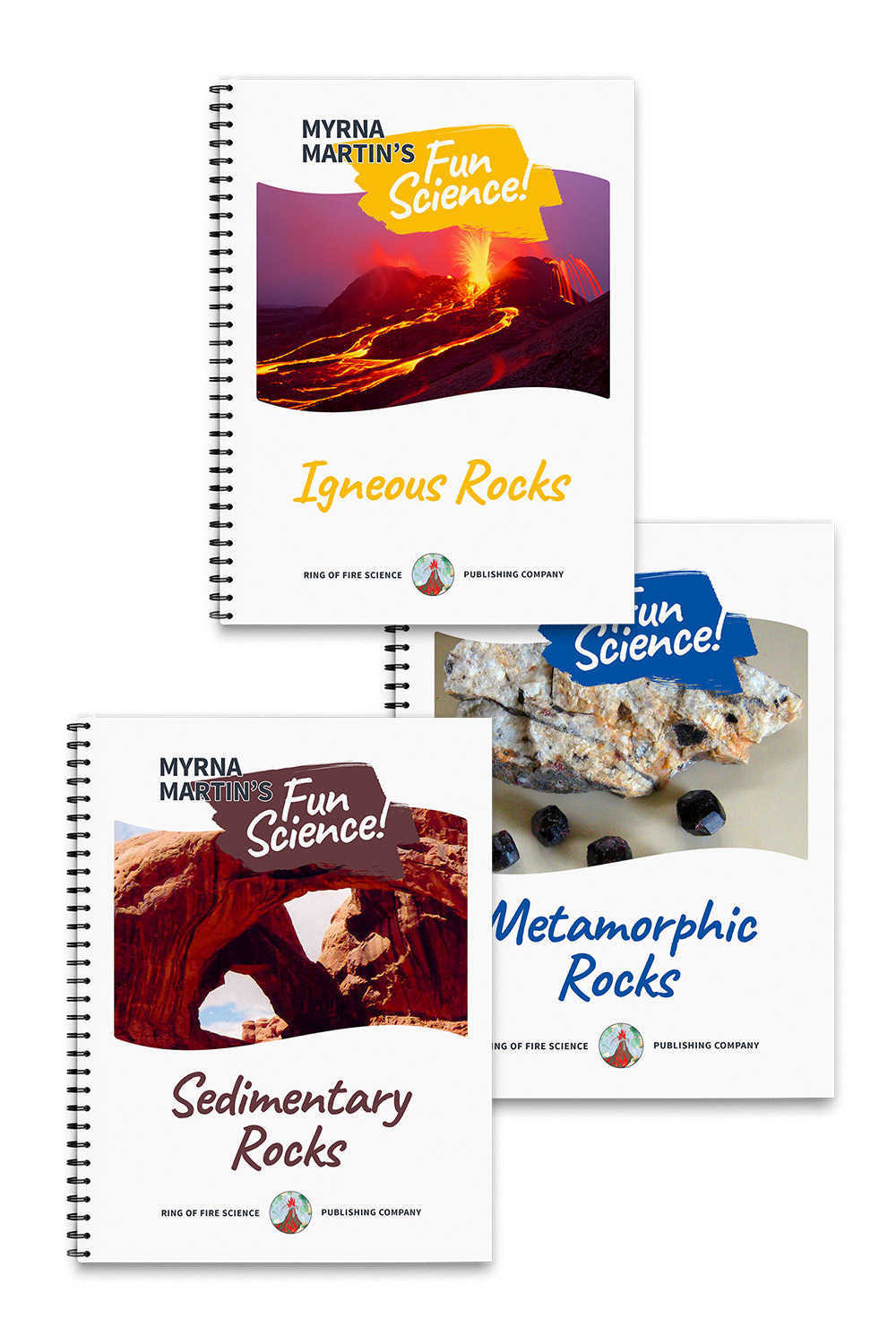Earths Crust is solid and brittle
the shell of Earths crust is solid and brittle
Earths crust is solid and brittle. It is the outer shell of our planet. The Earth has two types of crust.
Continental crust contains igneous, sedimentary and metamorphic rocks that covers the continents.
Oceanic crust contains igneous basalt rocks derived from the upper mantle that cover the all the ocean floors. The igneous rocks are covered with sediments carried into the oceans from large rivers like the Amazon and Mississippi Rivers.
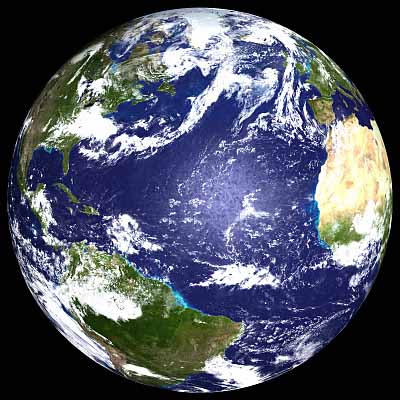
Planet Earth as viewed from space NASA
The Moho boundary
The Moho Boundary separates the crust and the mantle
The boundary between the Earths crust and the mantle is the Mohorovicic Discontinuity (Moho). It was discovered by a Croatian scientist studying the speed of earthquake waves and their path through the upper body of the Earth.
He discovered that earthquake waves increased in speed at the Moho and were deflected. Earthquake waves speed and deflections also showed that the crust is deeper under the continents than it is in ocean basins.
Continental crust is older that the seafloors
Continental crust contains a wide variety of rocks
The continental crust is much older than the oceanic crust and contains a much wider variety of rocks.
Igneous rocks are found on the continental side of subduction zones where great volcanic mountain chains like the Cascade Mountains in the Pacific Northwest have developed.
Sedimentary rocks cover most of the continents. They form when rocks weather and create new clastic rocks or inland lakes dry up forming chemical sediments that turn into stone.
Metamorphic rocks are recrystallized rocks that have not melted. They form when continents collide or hot magma moves through older rocks causing the minerals in the rocks to destabilize and recrystallize forming new metamorphic rocks.
Separating plates form oceanic crust
Oceanic crust forms when two crustal plates are moving apart at spreading centers. Magma (molten rock) collects beneath rift valleys that form between the plates.
Hot magma from the upper mantle forms plumes that cause the ocean floor to bulge up creating fissures in the rift valleys.
Molten rock flows out on the ocean floor where it hardens into new oceanic crust. At the leading edge of the oceanic crustal plate the rocks are recycled as the plate is forced downward into the upper mantle by another crustal plate.
More Planet Earth Links
Lithosphere Earth's lithosphere is the outer shell of the planet. It contains both the crust and part of the upper mantle.
Earths Core Find out how scientists use earthquake waves to study the Earth's core.
Asthenosphere Find out how scientists proved the existence of the asthenosphere after the Great Chilean Earthquake in 1960.
Earths Atmosphere Find out how the layers above Earth have formed and their importance to life on our planet.
Tectonic Plate Boundary Find out how and where tectonic plate boundaries form on our planet.
Earths Crust Find out where the newest crust on our planet forms and which type of crust is the oldest.
Planet Earth Find out about the different layers that make up planet earth from the core to outer space.
Home Page The Science Site contains information on our planet, volcanoes, science activities, earthquakes and much more.
Kids Fun sCIENCE bOOKSTORE
Check out Myrna Martin's award winning textbooks, e-books, videos and rock sets. The Kids Fun Science Bookstore covers a wide range of earth science topics. Click here to browse.
Sign up to our monthly newsletter and receive our FREE eBook containing 3 fun activities that don’t appear in any of our other books!
The Kids Fun Science monthly newsletter will include the following: current events, weird and fantastic facts, a question of the month, science trivia and the latest new content from our website.
We respect your privacy and you can be assured that we will never share your email address or use it for any other purpose than to send you our newsletter.



